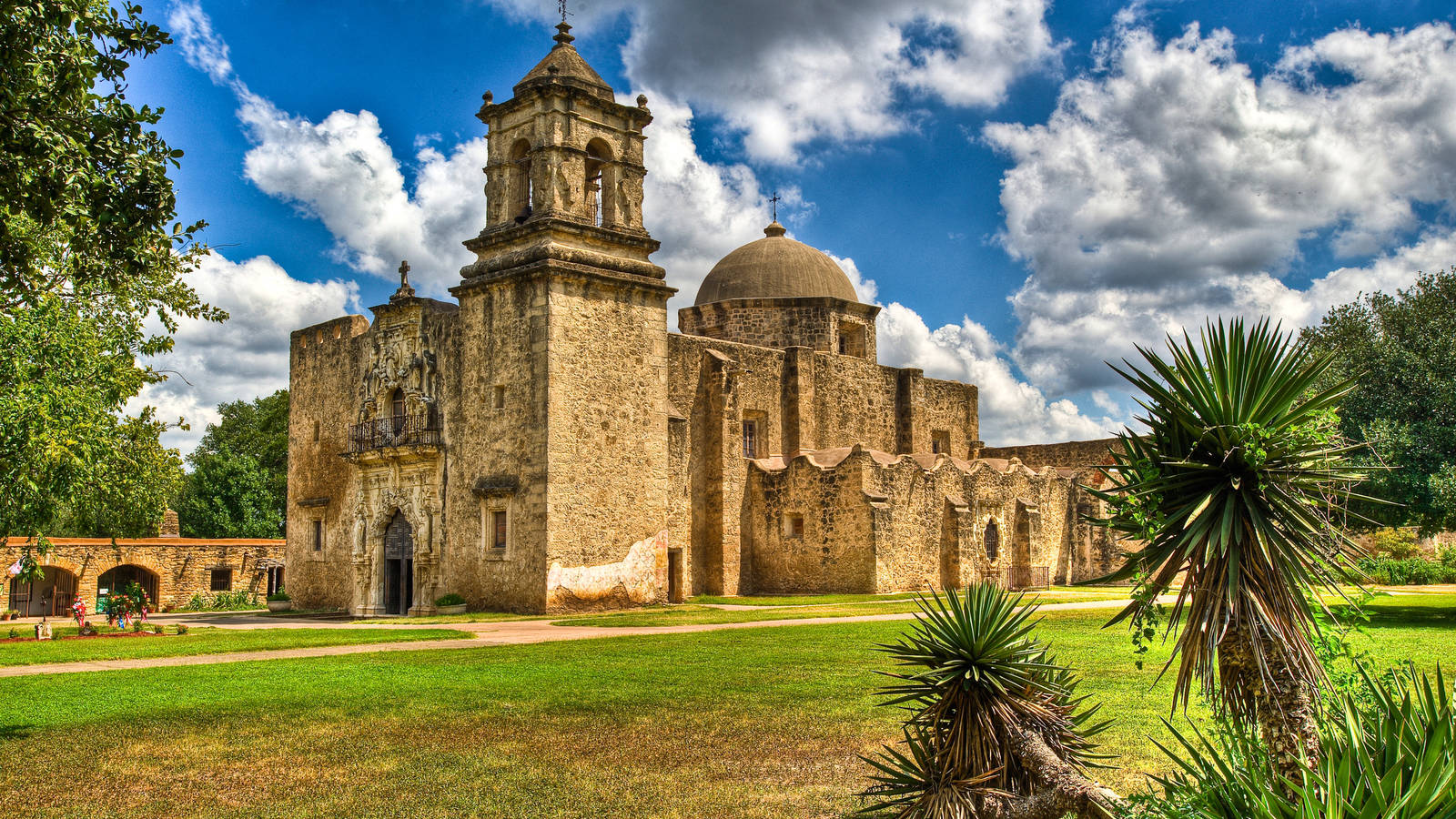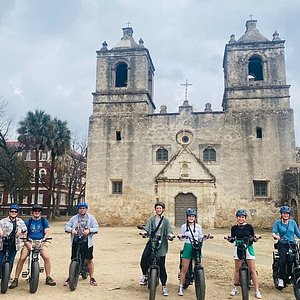San Antonio Missions National Historical Park Hours: When to Experience History
San Antonio Missions National Historical Park Hours: When to Experience History
Blog Article
Uncover the Cultural Prizes of Texas at the San Antonio Missions National Historic Park
Tipping right into the San Antonio Missions National Historical Park resembles entering a website to a lost age, where the rich tapestry of Texas history unfolds in the middle of the ancient rock walls and relaxing courtyards. The objectives, deeply rooted in both Spanish and Indigenous cultures, stand as testament to a time when faith, tradition, and neighborhood linked to form the landscape we see today. Each objective tells a special story, offering a glance right into the past that is both captivating and provocative. As visitors wander via these hallowed premises, they make certain to reveal a treasure of cultural value waiting to be discovered.
Background of San Antonio Missions
These objectives were developed with the purpose of spreading out Christianity and converting the indigenous population to Catholicism. The initial mission, Goal San Antonio de Padua, was established in 1718, adhered to by Objective San Jose in 1720, Goal San Juan Capistrano in 1731, and Mission San Francisco de la Espada in 1731.
In spite of facing difficulties such as condition, disputes with Native American people, and political changes, the objectives remained to operate for many years. Today, the San Antonio Missions stand as a testament to the abundant social heritage of Texas and provide a look into the history of Spanish colonization in the area.
Architectural Wonders of the Objectives

Each mission within the San Antonio Missions National Historical Park boasts special building characteristics. The Goal San José, recognized as the "Queen of the Missions," excites visitors with its grand church embellished with intricate makings and a striking rose home window. On the other hand, the Mission San Juan Capistrano showcases a less complex design with its small bell tower and simple yet stylish church.
The architectural wonders of the objectives not only offer as historic landmarks yet likewise as living testaments to the social blend that defines Texas' abundant heritage - San Antonio Missions National Historical Park map. Visitors can discover these frameworks, marvel at their elaborate information, and obtain a much deeper admiration for the craftsmanship and creativity of the past
Social Significance of Goal Concepcion
With its unique red stone wall surfaces and intricate geometric styles, Mission Concepcion stands as a testament to the enduring cultural heritage of the San Antonio Missions National Historic Park. Integrated in the very early 18th century, Objective Concepcion is renowned for its unspoiled frescoes, which show a mix of Spanish, Native American, and Mesoamerican impacts. These vibrant frescoes not only display the imaginative talents of the people that produced them however additionally act as an aesthetic depiction of the cultural combination that happened within the goal walls.
Beyond its architectural appeal, Objective Concepcion holds substantial cultural importance as a website where indigenous peoples were introduced to European custom-mades and Catholicism. The objective played a crucial role fit the social landscape of Texas, offering as a hub for religious, social, and economic activities. Today, Goal Concepcion proceeds to be an area of social significance, drawing in site visitors from around the globe that seek to explore and appreciate its rich background and architectural marvels.
Aboriginal Influence on Objective Life

Evident via the day-to-day communications and social exchanges within Objective Concepcion, indigenous impacts played a pivotal duty fit the textile of mission life in the 18th century. Indigenous neighborhoods brought a wide range of knowledge and skills that dramatically influenced various aspects of goal life. Their proficiency in agriculture, workmanship, and conventional healing techniques not only maintained the missions however also improved the cultural landscape within the mission walls.
Native influence prolonged past practical abilities, permeating right into spiritual techniques and artistic expressions. Indigenous ideas and customs come together with Catholic trainings, leading to an unique syncretic blend that defined the spiritual life of the goals. Aboriginal artisans likewise left an enduring mark on the missions through their detailed workmanship, apparent in the in-depth carvings best site and dynamic frescoes that embellish the goal churches.
Preservation Efforts and Future Plans
The assimilation of indigenous influences within the fabric of objective life at San Antonio Missions National Historic Park has spurred extensive preservation initiatives and tactical future strategies focused on safeguarding and improving the cultural prizes housed within these historic websites. Preservation initiatives at the park are multifaceted, consisting of conservation of the architectural frameworks, security of the surrounding native environment, and documentation of the abundant cultural heritage installed in the objectives. With collaborations with neighborhood neighborhoods, government firms, and social companies, the park has actually executed conservation projects to attend to concerns such as disintegration, architectural honesty, and historical interpretation.
Looking ahead, the San Antonio Missions National Historic Park has enthusiastic future plans to more intensify its cultural value. These plans involve broadening educational programs, boosting site visitor experiences with interactive displays and excursions, and cultivating continued research to deepen understanding of the goals' historic context. By prioritizing preservation and innovation, the park intends to make sure that these social prizes continue to be accessible and purposeful for generations to find.

Conclusion
Finally, the San Antonio Missions National Historic Park in Texas showcases a rich history, remarkable building marvels, and deep cultural relevance. The objectives, specifically Goal Concepcion, reflect the impact of aboriginal populations on objective life. Preservation efforts are recurring to make sure these social treasures are secured for future generations to appreciate. The park stands as a testament to the enduring tradition of the missions in Texas.
Please visit one of our local supporters - Https://www.quickliquidationsales.com/shop
Report this page